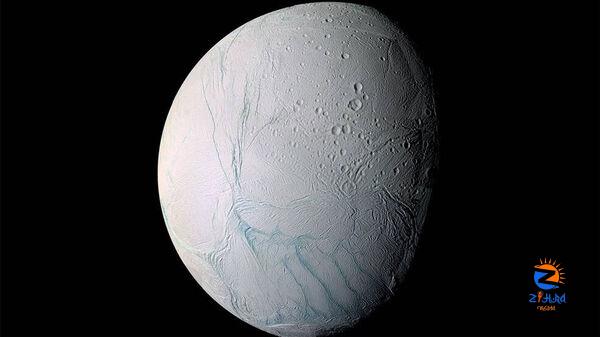
[ad_1]
Chandrayaan-3, India’s lunar mission, is poised to achieve a remarkable feat – becoming the fourth country globally to successfully land a spacecraft on the moon. This mission takes on an even more challenging endeavour by attempting a landing on the moon’s South Pole, a region renowned for its tough terrain and harshly cold temperatures, FirstPost reported.
The launch of Chandrayaan-3 took place on July 14 from the Satish Dhawan Space Centre in Sriharikota, Andhra Pradesh. If all proceeds as planned, the spacecraft will touch down on the lunar surface on August 23.
Significant integration: A crucial milestone was reached on July 5, when ISRO integrated the Chandrayaan-3 spacecraft with the powerful Launch Vehicle Mark-III (LVM3) at the space centre. This achievement takes on added significance given that the LVM3 is the largest rocket ever manufactured in India.
Also read: Chandrayaan-3 Sends Breathtaking Pictures Of The Moon | Watch
Continuation of exploration: Chandrayaan-3 is a direct sequel to its predecessor, Chandrayaan-2, with the primary aim of showcasing end-to-end capabilities in secure lunar landings and rover operations. The mission’s central focus is to explore the moon’s surface, particularly areas untouched by sunlight for billions of years.
Destination: Lunar South Pole-A standout feature of Chandrayaan-3 is its intended landing near the moon’s South Pole.
A global first: Among various moon landings, Chandrayaan-3 stands alone as the first mission to target a landing on the South Pole of the moon in contrast to previous landings concentrated around the lunar equator, FirstPost reported.
Also read: Chandrayaan-3 functioning very well, orbit changes happening as planned: ISRO chairman S Somanath
Untrodden territory
Until now, all previous lunar landings have been concentrated within the equatorial region, positioned just a few degrees north or south of the lunar equator. A report by Indian Express highlights that the most distant foray from the equator was accomplished by NASA’s Surveyor 7, which achieved a lunar touchdown on January 10, 1968. This historic spacecraft found its resting place near the 40-degree south latitude. Israel rocketed in April 2019 attempted a landing on the South Pole but crashed. China’s Chang’e 4 in 2019, which became the first spacecraft to land on the far side of the moon, landed near the 45-degree latitude.
Enhancements for success: Learning from past experiences, ISRO has taken great strides to address the intricacies posed by the lunar South Pole. Notable improvements encompass modifications to software and hardware, particularly concerning lander thrusters. Moreover, ISRO has devised enhanced soft-landing sequences, upgraded the lander’s configuration to four thruster engines instead of five, fortified landing legs, expanded solar panels, and increased fuel capacity. These enhancements are geared towards ensuring the mission’s resounding success this time around.
Global curiosity: Chandrayaan-3’s ambitious quest aligns with the international trend of exploring the moon’s South Pole. NASA’s Artemis III mission, slated for 2025, is another significant endeavour aimed at this region.
Geological insights: Nestled within the expansive South Pole-Aitken basin, a colossal crater, the lunar South Pole holds a wealth of geological insights. It might harbour materials from the moon’s deep crust and upper mantle, providing glimpses into its geological evolution.
Girish Linganna, space and aerospace expert said that Water ice has been detected at both poles of the Moon. The South Pole has more area in permanent shadow and colder temperatures, so it is thought to have more water ice, reported The Week. “This makes the South Pole a geologically interesting place because it is possible that there is material from the deep crust and upper mantle of the Moon on or near the surface. The South Pole is also a more promising place to look for ice than the North Pole,” he told The Week.
Download The Mint News App to get Daily Market Updates.
Updated: 10 Aug 2023, 01:56 PM IST
[ad_2]